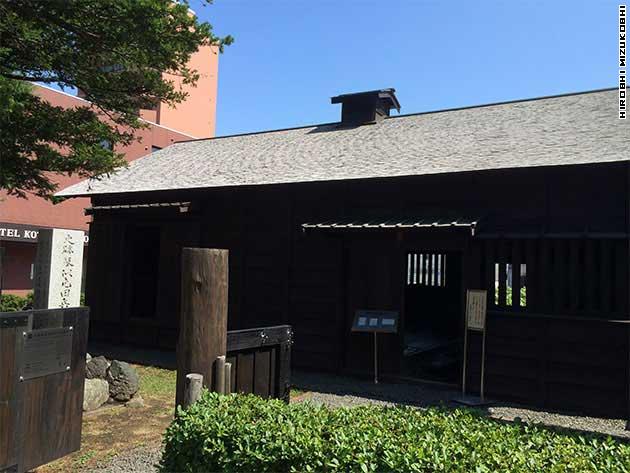This small house is a Military housing of Kotoni Tondenhei Village located in the Kotoni area of Nishi-ku, west of Sapporo. It holds significant national historical importance. During the Meiji era, the government dispatched many soldiers and their families to defend and develop the land of Hokkaido. These soldiers were known as ‘Tondenhei’, combining military training with farming. The first Tondenhei settlers arrived in Sapporo’s Kotoni Area in 1874.
‘Kotoni’ derives from Ainu language, meaning ‘hollow land’, referencing the gently-sloping terrain traversed by the Kotoni Hassamu River. By 1875, Kotoni housed 208 houses, along with administrative offices, training facilities, and vocational centers. An additional 32 houses were built in nearby Hassamu the following year. Initially, 198 soldiers and their families, totaling 965 individuals, began living in Kotoni. They endeavored to clear the virgin forests of Nishiku, surviving the challenging natural environment.
Approximately 40,000 Tondenhei settlers and their families were eventually dispersed across Hokkaido, with Kotoni Tondenhei Village standing out as the first settlement in the region. This designation underscores its status as one of Hokkaido’s most historically significant places.
In 1875, the government assigned No.133 Military housing to Senjiro Seino, a native of Miyagi Prefecture. This house occupies an area of approximately 495 square meters, with a modest 58 square meter dwelling. Today, it remains the sole surviving structure from that era. The Seino family maintained ownership for nearly a century until 1972, when efforts were made to restore the house to its original style, offering visitors a glimpse into the bygone era of Kotoni and the Tondenhei.
Recognized as a place of historical interest in Japan, this small house in the Military housing of Kotoni Tondenhei Village is well worth visiting for its rich historical significance and preservation of Hokkaido’s pioneering past.
Access
Subway
- Take a Tozai Line to Kotoni and walk 1 min.
JR
- Take via Otaru line to Kotoni and walk 10 min.
Open Hours
- 9:00 – 16:00
- closed: Dec, 29 – Jan, 3
Admission fee
free


